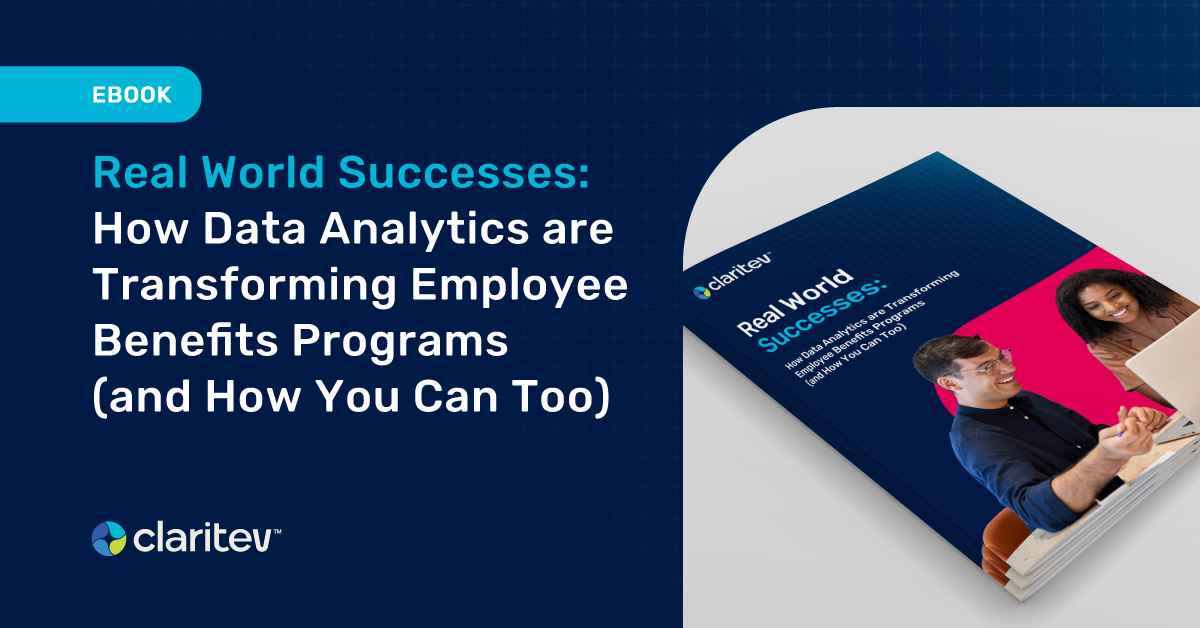How to Sustain Your Data-Driven Success
For self-insured employers who have invested in assessing and optimizing their benefits programs, there’s a critical question that often goes unanswered: How do we sustain these improvements over time?
As healthcare costs continue to rise, with projections showing an 8% increase in 2025, maintaining the gains you’ve made through data analytics isn’t optional. It’s essential to your long-term success.
The Sustainability Challenge
Many organizations experience a familiar pattern: they implement data analytics, identify opportunities, make changes, see initial improvements—and then watch as those gains slowly erode over time. The culprits? Changing demographics, emerging health trends, new treatment options, and simply losing focus once the initial excitement wears off.
Truly successful benefits programs avoid this trap by embedding sustainability into their approach from the beginning.
The Three Pillars of Sustainable Benefits Management
1. Continuous Monitoring and Adaptation
Healthcare isn’t static, and neither should your benefits strategy be. Sustainable programs include:
- Regular data refreshes and trend analysis
- Quarterly reviews of key metrics and performance indicators
- Adjustment of interventions based on emerging patterns
- Incorporation of new data sources as they become available
2. Integration with Operational Workflows
For data-driven benefits management to be sustainable, it must become part of your organization’s standard operating procedures:
- Incorporate benefits analysis into regular business reviews
- Establish clear ownership and accountability for ongoing monitoring
- Create standard protocols for addressing identified issues
- Develop communication channels for sharing insights with stakeholders
3. Strategic Evolution
Over time, your benefits program should become increasingly sophisticated in its approach to data:
- Move from reactive to proactive management
- Expand from targeting individual conditions to addressing population health
- Evolve from cost control to value optimization
- Shift from annual planning to continuous improvement
Real-World Success: Sustainability in Action
One global medical services company demonstrates the power of sustainable benefits management through their innovative approach to cancer screening and GLP-1 management.
After identifying cancer as a top cost driver, they created “ScreenStrong,” an ongoing campaign promoting 24 different cancer screenings. But they didn’t stop there, they continued to dig deeper into the data to answer crucial questions:
- Did the campaign increase preventive screenings?
- Is the cost of specific cancers decreasing?
- Are they catching cancers at earlier stages?
This ongoing analysis informed their next initiative: a free ColoFIT kit program that addresses social determinants of health by allowing employees on various shifts to complete colorectal screening without physician appointments. Within 5 weeks, over 5,000 employees requested kits, and 72% of those with positive results saw a doctor for follow-up care.
For GLP-1 weight loss medications, the company took a unique approach by covering them as a chronic condition. Using their analytics platform to monitor utilization, they track one-time users versus ongoing participants, measure weight loss outcomes, and analyze impacts on associated conditions like hypertension and high cholesterol. Their cohort analysis compares medical and pharmacy spend for users versus non-users to assess both short- and long-term ROI.
The Broker’s Perspective on Sustainability
From the advisor side, a large regional brokerage firm demonstrates how sustained analytics can transform client relationships. Using comprehensive data analytics, they help clients:
- Evaluate ROI for on-site clinics based on primary care costs and referral patterns
- Uncover billing errors that resulted in $100K refunds for one client
- Assess risks associated with reference-based pricing plans
- Direct care to the right place at the right time at the right price
Best Practices for Sustaining Your Results
If you’re ready to ensure the long-term success of your data-driven benefits program, consider these approaches:
- Create an annual calendar of data reviews that includes both regularly scheduled analyses and ad-hoc deep dives based on emerging trends.
- Develop a continuous improvement framework that defines how insights will translate into action throughout the year, not just at renewal.
- Build strong partnerships with vendors who provide ongoing analytical support and help identify new opportunities.
- Share success stories throughout your organization to maintain momentum and engagement.
- Invest in upskilling your benefits team on data literacy and analytical thinking.
The most successful self-insured employers recognize that sustainability isn’t an afterthought, it’s a core component of their benefits strategy from day one. By building robust processes for ongoing monitoring, integration, and evolution, you can ensure that your data-driven approach delivers value year after year.
Are you ready to move beyond short-term wins to sustainable benefits management? The competitive advantage of truly sustainable benefits has never been more important.



